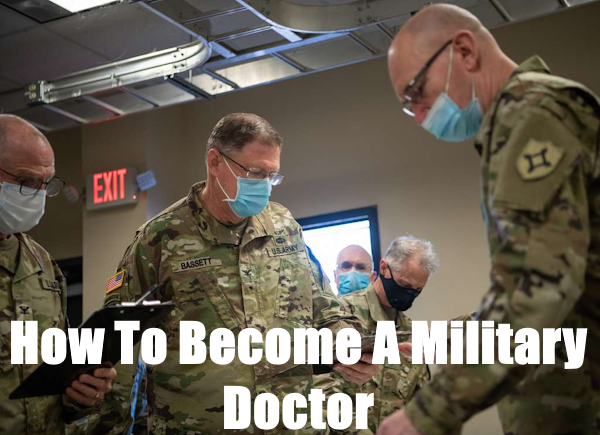What does it take to become a military doctor?
In general, physicians who serve in the military need to obtain at least a bachelor’s degree prior to enlistment.
However, medical school is a completely different story.
In fact, the military often provides financial aid and other allowances to help make it through med school.
Learn more about how to become a military doctor including anticipated salary and benefits.
Related Article – How To Become A Marine Corps Doctor
Table of Contents
How to Become a Military Doctor
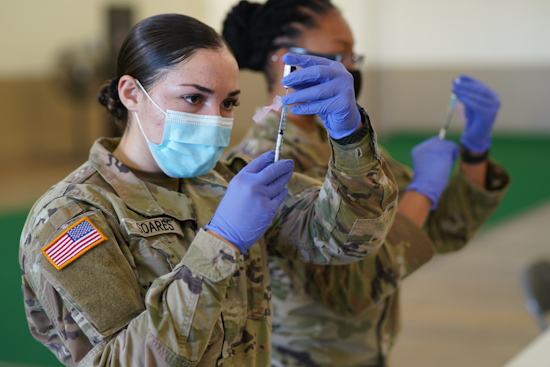
Military doctors provide the same services as any other physician.
The primary difference is they serve the United States Armed Forces as opposed to working for a civilian company or hospital.
As such, military doctors diagnose and treat a variety of conditions and injuries.
However, this also doesn’t mean that military doctors must operate on the front lines of combat.
In fact, many doctors work on military bases or anywhere else in the world their duties are needed.
Military doctors also perform numerous humanitarian missions each year while others work in medical research.
Are you interested in serving the United States as a military doctor?
These are the steps you need to take to become a military doctor:
- Job Requirements / Qualifications
- Receive Bachelor’s Degree (College / University)
- Determine a Pathway for Military Medical School
- Uniformed Services University of the Health Sciences (USUHS)
- Health Professions Scholarships Program (HPSP)
- Graduate from Medical School (USUHS vs. HPSP)
- Determine a Service Branch (Army, Navy, Air Force)
- Military Doctors Complete Service Obligation
Learn more about each step in the process necessary to become a military doctor:
#1. Military Doctor Requirements / Qualifications
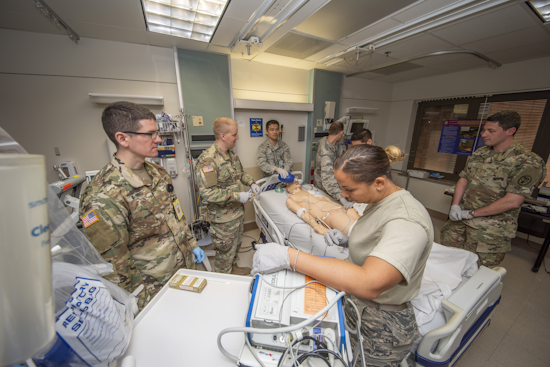
There are several requirements for those seeking to become doctors in the military.
For starters, military doctors are commissioned officers.
As a result, they must eventually work their way toward a commission in one of the branches of the U.S. Armed Forces.
Nevertheless, the pathway to becoming a military doctor offers several different options (more details, below).
Thus, those with ambitions of serving as a physician do not always have to finish medical school before joining the Armed Forces.
Still, candidates for the role of military doctor must meet the following criteria:
- Citizen of the United States.
- Complete a bachelor’s program.
- Graduate from medical school.
- Complete a doctor’s residency.
- Commit to 2+ years of active duty service.
The age limit for those who have not completed their doctorate is 36, although age waivers up to 42 may be available, depending on the service branch.
In general, the qualifications and requirements to become a military doctor are demanding.
Nonetheless, the directions that a candidate can take throughout the duration of their studies and military service are numerous.
So, while it might take many years of determination and focus, the experience is generally worth it.
Military doctors receive a high salary, job benefits, and the opportunity to specialize in one of the many forms of medicine.
#2. College Bachelor’s Degree Program
The journey to becoming a doctor is long and strenuous.
Military doctors must complete the same education and other training as civilian counterparts yet with even more requirements.
Be that as it may, the first step is attending a 4-year college or university.
Those seeking to attend med school cannot do so without first having a bachelor’s degree.
While there are no requirements on what type of college degree, most tend to specialize in a field like biology or chemistry.
Doing so establishes the foundation for what you’ll learn while attending med school.
Therefore, it’s crucial that students take the 4-year college program seriously and perform their very best.
Selection to medical school is competitive, which means they’ll analyze everything from grades to behavior to personal conduct.
In fact, those willing to perform volunteer work for organizations or non-profits often separate themselves from other aspiring candidates.
#3. Determine Pathway for Military Medical School

The first major decision that candidates for the military must make is a pathway for their education.
First, the Uniformed Services University of the Health Sciences (USUHS) program is available to candidates.
The second option is the Health Professions Scholarship Program (HPSP).
It’s important to mention that each medical program has its advantages and disadvantages (more information, below).
The primary difference is that candidates of USUHS immediately join the military whereas the HPSP pathway allows students to attend a civilian medical school.
Then, after finishing medical school and earning a U.S. military commission, the doctor begins service.
The important point is that neither route requires that the candidate finish medical school prior to serving in the military.
In fact, both USUHS and HPSP offer financial aid and other types of allowances designed to cover living costs while completing your studies.
#4. Uniformed Services University of the Health Sciences (USUHS)
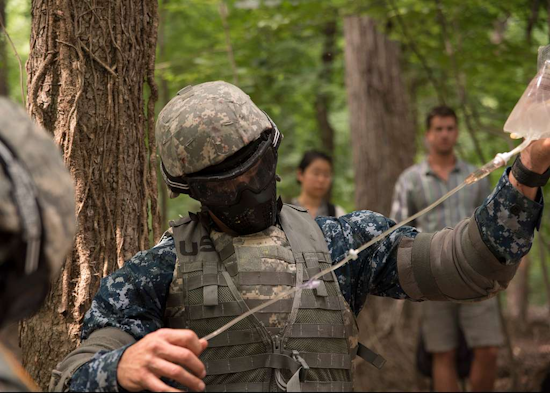
The Uniformed Services University of the Health Sciences (USUHS) is also known as “America’s Medical School.”
It’s a fitting term for the “West Point for doctors” which was established in 1972.
The scenic 100-acre campus offers access to the Walter Reed National Military Medical School, among other facilities.
Today, USUHS remains the foremost medical education and research center for the U.S. Armed Forces.
Those who elect to follow this pathway have their medical school completely paid for by the U.S. government.
The disadvantage is students have an active duty service obligation after graduation.
The USUHS medical program has produced over 5,000 military doctors, dentists, and nurses.
USUHS accepts both civilian and military applicants seeking commissioning in the Army, Navy, Air Force, and U.S. Public Health Service (PHS).
Students truly earn their doctorates considering the program is 700 hours longer than any other medical school in the United States.
For this reason, the 4-year program seeks applicants from a diverse range of geographic, socioeconomic, racial, ethnic, and cultural backgrounds.
Recently, a growing interest has been witnessed in the USUHS program among members who are already enlisted within a service branch.
#5. Health Professions Scholarship Program (HPSP)
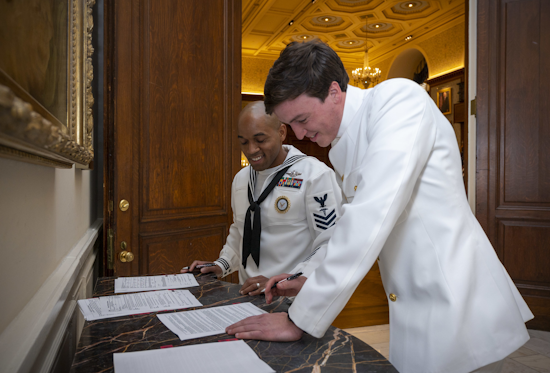
The Health Professions Scholarship Program (HPSP) is the second pathway toward becoming a military doctor.
In general, it’s the more popular choice because the HPSP provides a more gradual ascension to military service.
First, students attend a civilian medical school as opposed to the training and education provided by the USUHS.
Secondly, applicants must be accepted into med school and meet several stipulations while attending the program.
Be that as it may, students have a limited service obligation (which is not the case with those enrolled in USUHS).
Rather than a minimum 7-year obligation, HPSP students only have one year of service for each year of the scholarship. The one exception is the Navy, which has a three-year commitment.
For this reason, many feel like it’s the preferred method to become a military doctor.
Students receiving the HPSP scholarship not only attend medical school for free but also receive a monthly stipend.
The monthly stipend is designed to assist with common living expenses such as food, housing, gas, and clothes.
Candidates attending the HPSP program receive the same medical education and training as their civilian peers.
However, graduates of HPSP must attend officer training for their specific service branch. This military training occurs in 45-day increments annually.
Students generally anticipate the third and fourth years of medical training/education.
By then, students are usually beginning a residency (more details, below) as they rotate between military hospitals.
#6. Graduate Medical School
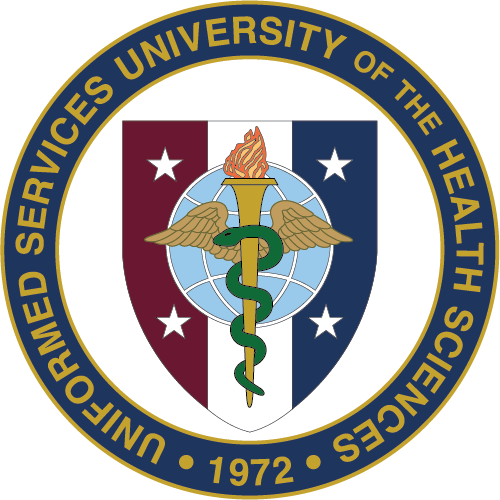
The pathways toward becoming a military doctor are meaningless unless you earn a medical degree.
Therefore, getting into medical school is the first step in another giant puzzle.
It will take much time and effort to earn a medical degree.
Nonetheless, the experience is worth it and will present a fulfilling journey.
The Health Professions Scholarship Program (HPSP) and Uniformed Services University of the Health Sciences (USUHS) offer 2 different alternatives.
The HPSP program is a rewarding opportunity to attend medical school and receive financial assistance.
Additionally, students of the HPSP scholarship earn a monthly stipend.
However, students must pay back the military through service in exchange for financial aid,
The length of time candidates serve in the military depends on how long it takes to finish med school.
Thus, the quicker students complete medical school, the shorter the service duty requirement (minimum 2 years).
Meanwhile, the USUHS alternative provides the same financial assistance to students along with military benefits.
The tradeoff is students are commissioned as active duty O-1 military officers.
So, USUHS students earn a typical income of $50,000 per year but also have military obligations.
Students who finish the USUHS program are promoted to the military rank of O-3, where they can continue to seek higher earnings and benefits.
Those who graduate from USUHS medical school truly deserve the honor considering the time commitment.
Additionally, they may have to serve a longer time in the military (7+ years compared to 4 years or less in HPSP).
Related Article – How To Become A Combat Medic In The US Army
#7. Determine a Service Branch
The next step in the process is to select a branch of the military.
The service branches of the U.S. Armed Forces include:
- U.S. Army
- Coast Guard
- U.S. Navy
- Marine Corps
- Air Force / Space Force
- Public Health Service
The United States Air Force, Navy, and Army all have their own medical corps.
As a result, the medical corps employ doctors in a wide range of specialties including psychiatry and urology.
Military doctors perform diagnoses and procedures on military bases and aboard aircraft carriers.
Furthermore, military doctors perform work at military hospitals around the country, including Walter Reed Military Medical Center.
Today, the opportunity to become a military doctor is available to civilian and active duty personnel.
Medical roles currently exist both in active duty and reserve components of military service.
#8. Complete Service Obligation
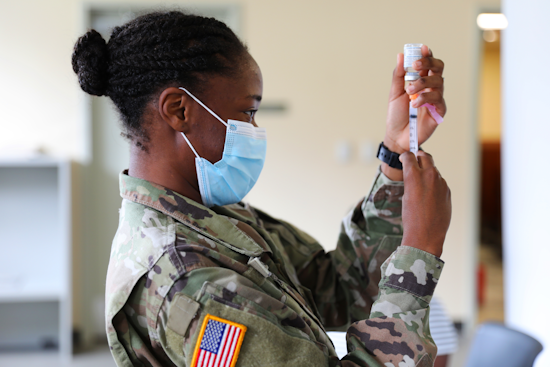
Military doctors are required to commit to at least 2 years of service.
Be that as it may, most medical personnel spend more than 4 – 8 years in military service.
The length of the service commitment depends on several factors like the pathway to becoming a military doctor.
For example, USUHS candidates usually spend 7+ years in the military while the HPSP commitment varies depending on how long it took to finish med school.
The first couple of years of medical school are usually reserved for classroom studies.
However, the third and fourth years feature more variety, including the opportunity to serve at a military healthcare facility.
Military doctors often get the opportunity to specialize in a medical field or other specialty.
Thereafter, military doctors have numerous opportunities for career advancement in the civilian world.
Military doctors are in high demand in the civilian world thanks to their vast experience and knowledge.
Related Article – Military Medical Waiver Guide
Frequently Asked Questions (FAQ)
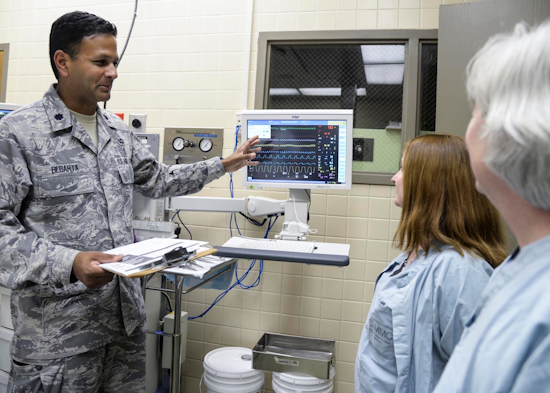
What does it take to become a military doctor?
Here are a few frequently asked questions:
Is it difficult to become a military doctor?
The military features several different pathways to joining the military as a doctor, including the HPSP and USUHS programs.
It does take consider time and energy, but the payoff is extraordinary.
Students attend med school for free while earning a salary and other benefits.
Do you need to finish medical school before joining the military?
Absolutely not!
The extraordinary feature of USUHS and HPSP is that they both finance your college education.
So, students receive financial assistance and other stipends to cover the costs of education, living expenses, etc.
The amount of financial assistance varies depending on many factors, including the medical specialty and branch of service.
How much does a military doctor get paid?
Military doctors earn a significant salary even while they are training for the role.
In fact, the lowest-ranking military officer still earns $3,637 per month.
Additionally, doctor candidates usually qualify for other special bonuses and privileges.
For this reason, it’s easy to see how a military doctor can earn between $100,000 – $200,000 before too long.
Related Article – Can You Join The Military With Flat Feet?
Conclusion
Are you interested in serving in the military?
Do you also have a passion for helping people or treating those who are injured or sick?
The opportunity to combine both talents could result in a rewarding career in the U.S. Armed Forces.
Military doctors receive financial assistance and a quality education that prepares them for the role.
Today, military doctors perform work in various locations around the globe.
Featured Image Source – www.Picryl.com
- Ikon Pass Military Discount: Learn How To Save Big - January 31, 2025
- RTIC Military Discount: Find Out How To Save Big on Gear - January 30, 2025
- Traeger Military Discount: Learn How To Save Big on Smokers - January 28, 2025

